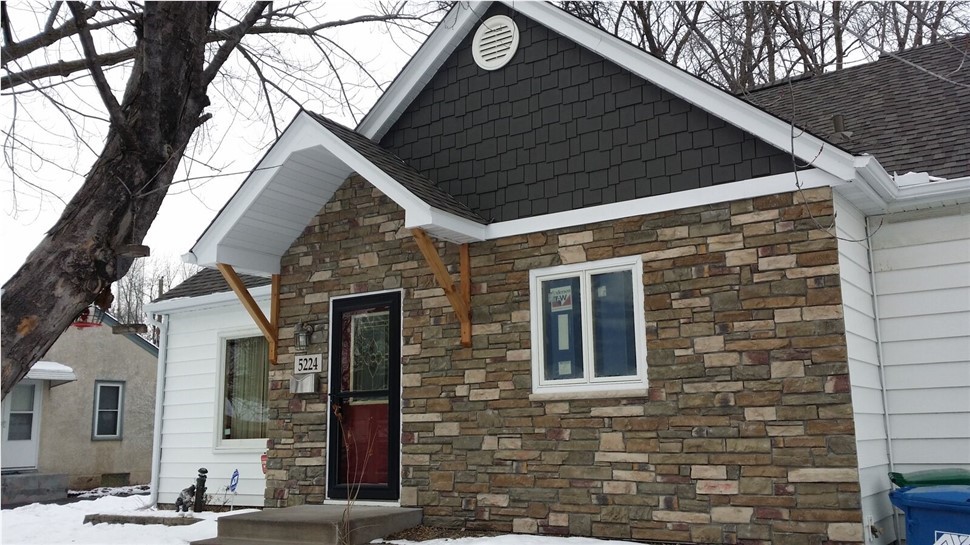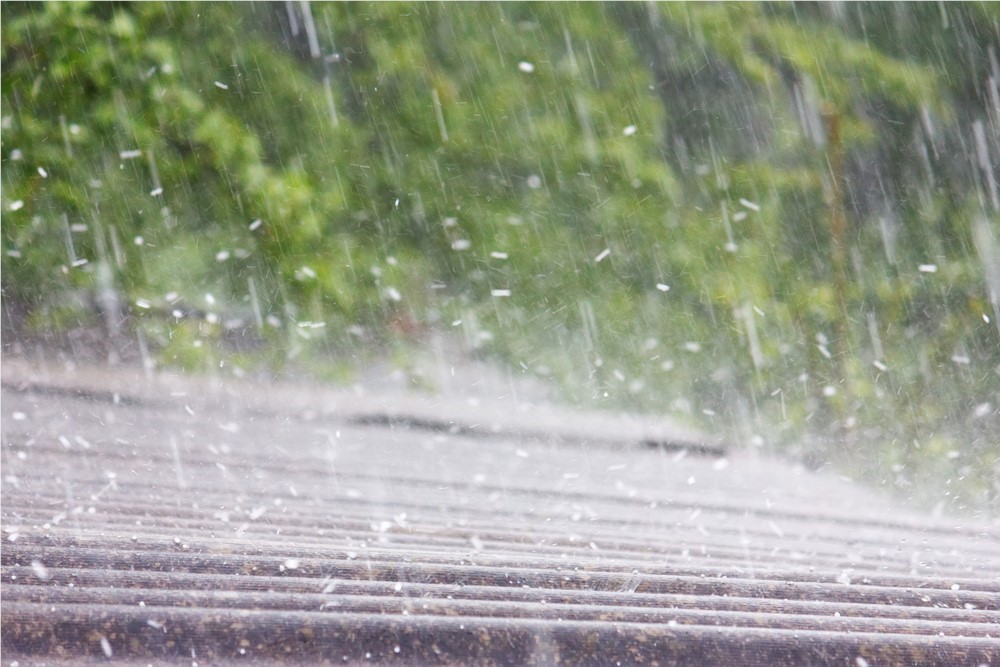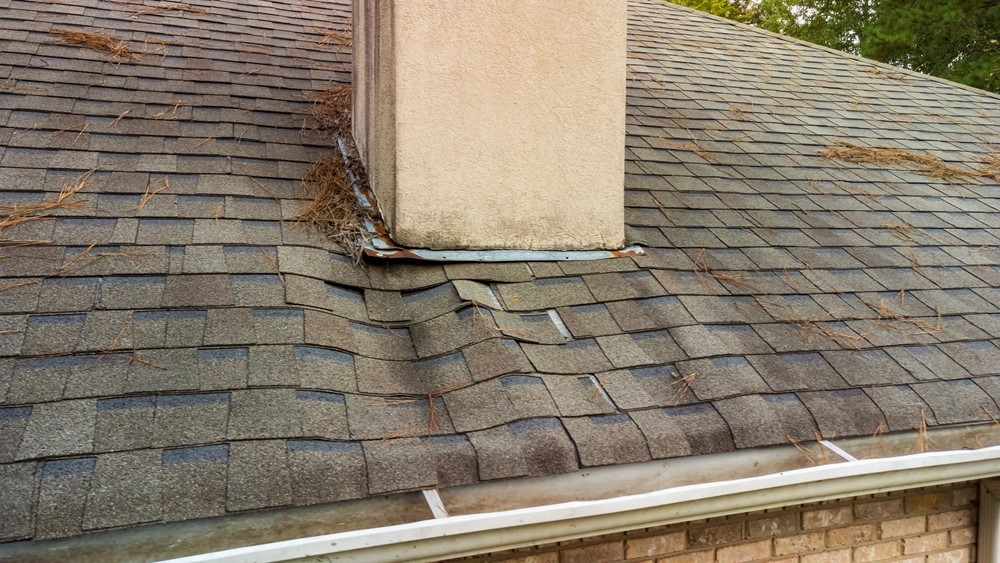As we're enjoying some nice mild early fall weather, you might wonder why we're talking about ice dams. Those are deep winter issues, right? Well yes, they don't form until we get lots of snow and extended cold weather, but now is the time to take steps to prevent their formation. As a roofing contractor operating in the Twin Cities area, we see lots of homes that have problems due to ice dams, and we've worked with homeowners for permanent solutions.  We're going to be doing an entire informational series on ice dams because we feel this is an important topic for homeowners here in Minnesota to understand, so watch our blog for upcoming articles or follow us on Facebook. But in this post we're going to focus on the dangers they pose, so people realize just how critical it is to prevent them from forming on their homes.
We're going to be doing an entire informational series on ice dams because we feel this is an important topic for homeowners here in Minnesota to understand, so watch our blog for upcoming articles or follow us on Facebook. But in this post we're going to focus on the dangers they pose, so people realize just how critical it is to prevent them from forming on their homes.
 We're going to be doing an entire informational series on ice dams because we feel this is an important topic for homeowners here in Minnesota to understand, so watch our blog for upcoming articles or follow us on Facebook. But in this post we're going to focus on the dangers they pose, so people realize just how critical it is to prevent them from forming on their homes.
We're going to be doing an entire informational series on ice dams because we feel this is an important topic for homeowners here in Minnesota to understand, so watch our blog for upcoming articles or follow us on Facebook. But in this post we're going to focus on the dangers they pose, so people realize just how critical it is to prevent them from forming on their homes. Why is an ice dam on a home's roof dangerous?
The telltale sign of an ice dam having formed is a string of icicles at the edge of a roof, like those shown in the photo above. Sometimes the ice dam itself is hidden under snow, but those icicles reveal the existence.First of all, there is the physical safety threat of icicles breaking off and falling on someone walking underneath the area. Also, as the icicles melt, the water can puddle up on the ground underneath and then freeze. That makes for slippery, potentially dangerous walkways.
Personal safety should be enough reason to take steps to make sure ice dams don't form on your home in future winters. But if that's not enough, you should also know that they are also dangerous because of the potential for damage to your home, both inside and outside.- The first place damage usually shows up is in the gutter system. The sheer weight of the ice is sometimes enough to pull the gutters right off the edge of the roof, and in the process causing problems with structural areas the gutters were fastened to, such as the fascia boards.
- The ridge of ice that forms at the roof edge traps water from shedding off the roof, and instead it will flow underneath the roofing into the home's interior space. You probably won't even detect that this has happened until problems start showing up inside your home. Once between the walls or floors of a home, you won't know it's there until over time the stagnating water reveals its presence by telltale signs inside.
While you can't observe the presence of the water from the melted snow without tearing apart walls and ceilings, these are signs of trouble, many of which will occur long after the ice dams are gone:
- Peeling paint on walls or ceilings.
- Brown stains developing on ceilings, as well as crumbling ceiling texture or drywall.
- Mold growth on your walls.
Subscribe to Quarve Contracting's Blog







Comments